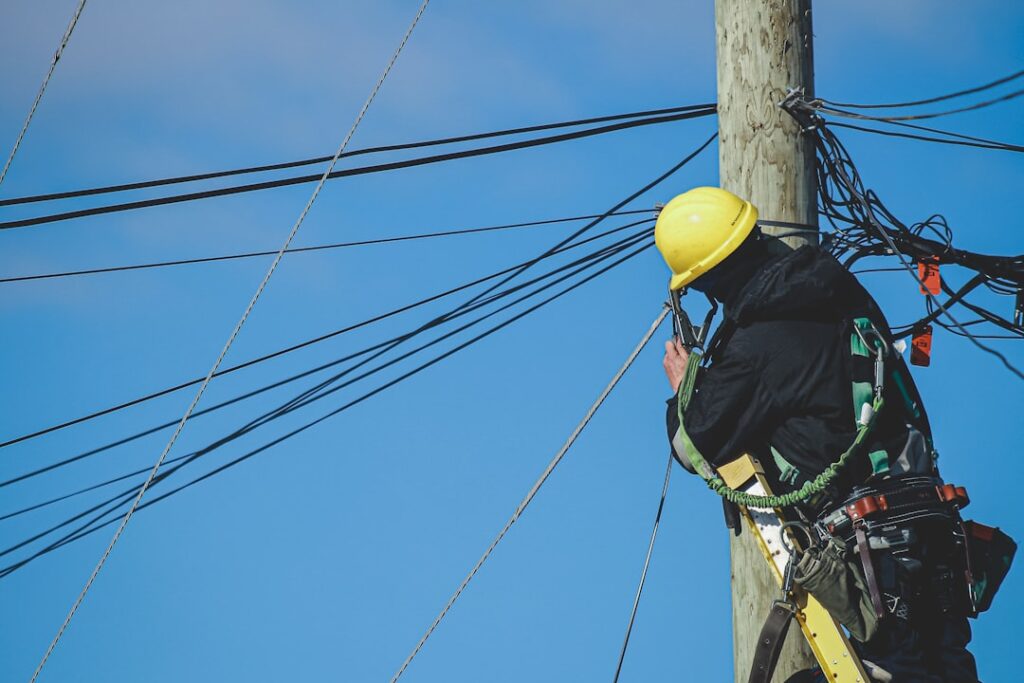Relocating a power pole is a complex task that requires careful planning, professional expertise and strict adherence to safety regulations. Whether it’s part of a residential upgrade, commercial development or infrastructure project, moving a power pole involves coordination with utility providers and certified electrical contractors. Every relocation must consider the pole’s current position, the proposed new location, and how the move will impact surrounding properties and services.
The process typically begins with a thorough site assessment. Engineers and licensed electricians evaluate the existing setup, taking measurements and identifying any potential obstacles or hazards. Trees, buildings, underground services and proximity to roads are all factors that influence the feasibility of relocation. Once the assessment is complete, the team devises a relocation plan that complies with local council regulations and electrical safety standards. This includes determining the load on the existing pole, assessing the structural requirements for the new installation, and planning the disconnection and reinstallation of power services.
Engaging a qualified contractor is essential for ensuring a safe and efficient outcome. Specialists experienced in power pole relocation are equipped to manage all aspects of the job, from obtaining necessary permits to coordinating with utility companies. They ensure minimal disruption to services and carry out the work in a way that prioritises safety for both workers and the public. During the move, power may be temporarily disconnected, requiring careful scheduling to avoid inconvenience to nearby residents or businesses.
In rural or semi-rural areas, pole relocations may be necessary to improve access, accommodate property developments or enhance safety. For example, moving a pole away from a driveway or access road can reduce the risk of vehicle collisions or allow for better site access. In urban settings, relocations may be driven by roadworks, building developments or efforts to streamline utility layouts. Regardless of the reason, the process must be handled with precision and care.
Costs for relocating a power pole can vary widely depending on the scope of the project. Factors such as pole size, relocation distance, terrain, and whether overhead or underground cabling is involved all play a role in determining the final price. It is always advisable to consult with professionals who can provide a detailed quote and timeline based on the specific requirements of the site. Timely communication and accurate planning are key to avoiding delays and unexpected expenses.
Ongoing maintenance and inspections are also important following a relocation. Ensuring the pole remains stable, secure and compliant with regulations protects both infrastructure and public safety. Regular checks can identify issues early and prevent costly repairs in the future. Property owners and developers alike benefit from working with experienced contractors who can guide them through every stage of the relocation process.
To learn more about electrical services that include power infrastructure work and site upgrades, visit this electrical contractor in Perth for further information. Their expertise ensures that all aspects of such projects are managed professionally and in accordance with local standards.








